In the heart of the South Caucasus, where ancient traditions intertwine with modern craftsmanship, Armenia has long been celebrated for its distinctive brandy, often referred to as Armenian cognac. Though the term "cognac" is legally reserved for spirits produced in the Cognac region of France, Armenia's brandy has earned such global renown that it is colloquially known by the same name. The history of Armenian brandy is deeply rooted in the country’s winemaking heritage, dating back thousands of years, but it was in the 19th century that the spirit truly began to flourish under the influence of French techniques.
The story of Armenian cognac cannot be told without mentioning the Yerevan Brandy Company, now known as Ararat Brandy. Founded in 1887 by merchant Nerses Tairyan, the company quickly gained recognition for its exceptional quality. By the late 19th and early 20th centuries, Armenian brandy had already captivated the palates of European elites, including Winston Churchill, who famously favored the Dvin brand. The Soviet era further cemented Armenia’s reputation as a producer of fine brandy, with state-run distilleries maintaining high standards and exporting extensively across the USSR and beyond.
What sets Armenian brandy apart is its unique combination of local grape varieties and meticulous aging processes. The Ararat Valley, with its fertile soil and ideal climate, provides the perfect conditions for growing the white grapes used in brandy production, particularly the Voskehat and Garan Dmak varieties. Distilled in copper pot stills and aged in oak barrels, the spirit develops a rich, complex profile with notes of dried fruit, spice, and vanilla. The aging process, which can span decades for premium blends, is a testament to the patience and expertise of Armenian master blenders.
Today, Armenian brandy remains a source of national pride and a key export product. Brands like Ararat, Noy, and others continue to uphold the legacy of excellence, winning international awards and expanding their presence in global markets. The spirit is not just a drink but a cultural symbol, representing Armenia’s resilience and craftsmanship. Whether enjoyed neat, as a digestif, or in classic cocktails, Armenian brandy offers a taste of history in every sip.
The production of Armenian brandy is an art form passed down through generations. Master distillers, often with decades of experience, carefully oversee each step, from grape selection to blending. The use of traditional methods, combined with modern quality control, ensures consistency and depth in every bottle. Visitors to Armenia can explore this heritage firsthand by touring the Ararat Brandy Factory in Yerevan, where guided tastings reveal the nuances of different aged varieties.
Despite its global appeal, Armenian brandy remains deeply connected to its origins. The spirit is a staple at celebrations, from weddings to national holidays, and is often shared as a gesture of hospitality. In recent years, there has been a renewed interest in premium and limited-edition releases, catering to connoisseurs seeking rare and aged expressions. As Armenia continues to navigate the challenges of the modern global market, its brandy industry stands as a shining example of tradition meeting innovation.
Looking ahead, the future of Armenian brandy appears bright. With growing recognition in international spirits competitions and an increasing demand for artisanal products, the industry is poised for further growth. Yet, at its core, Armenian brandy will always remain a reflection of the land and people who create it—a liquid testament to centuries of skill, passion, and perseverance.

By Laura Wilson/May 10, 2025
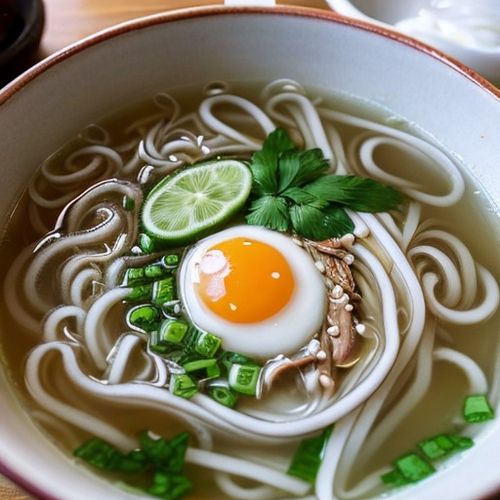
By Christopher Harris/May 10, 2025
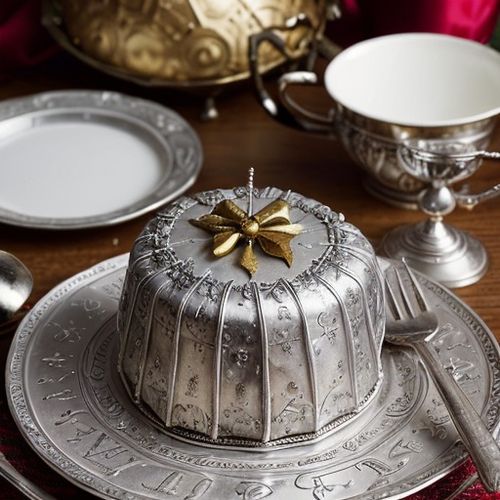
By Samuel Cooper/May 10, 2025

By Megan Clark/May 10, 2025
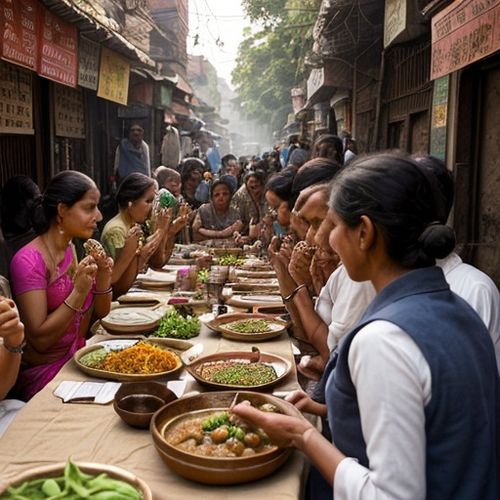
By Olivia Reed/May 10, 2025
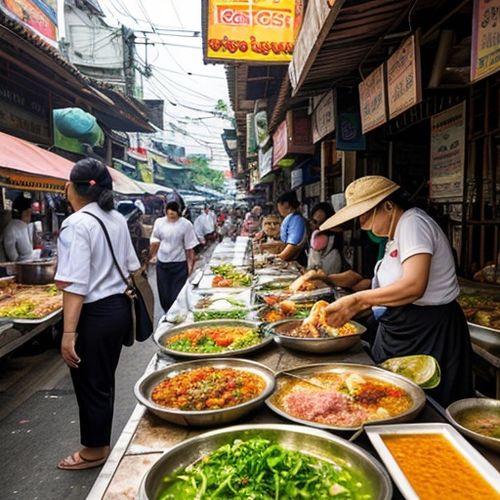
By Natalie Campbell/May 10, 2025
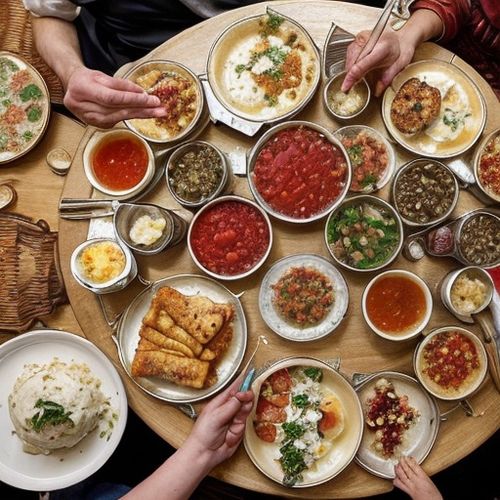
By Sophia Lewis/May 10, 2025
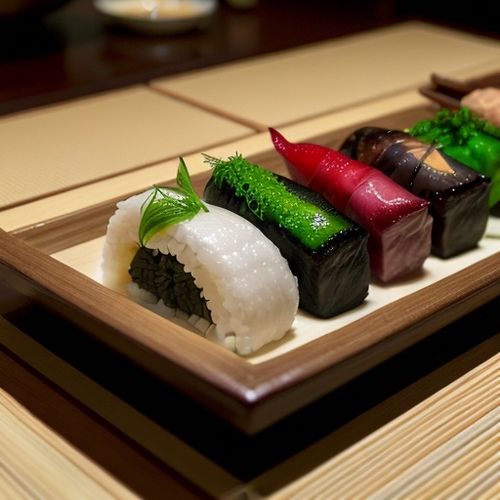
By George Bailey/May 10, 2025
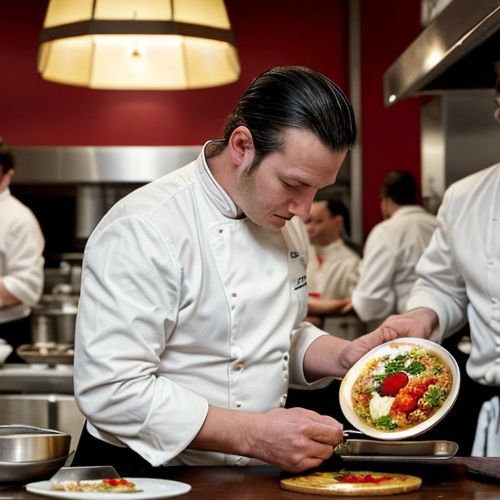
By Eric Ward/May 10, 2025
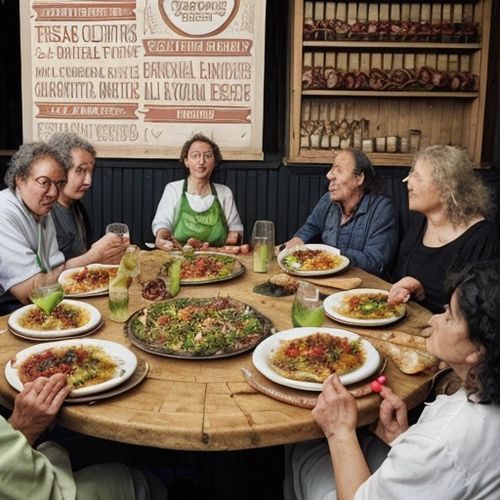
By Daniel Scott/May 10, 2025
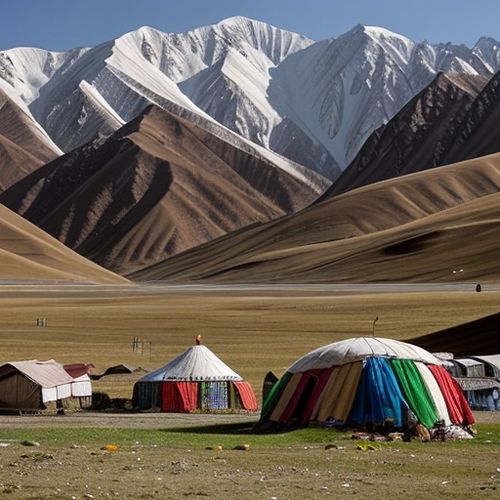
By George Bailey/May 10, 2025
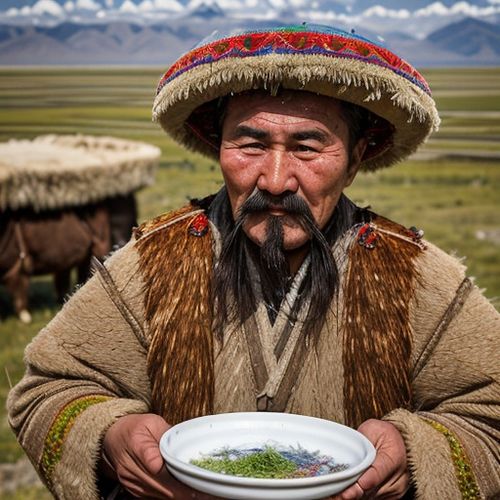
By Elizabeth Taylor/May 10, 2025
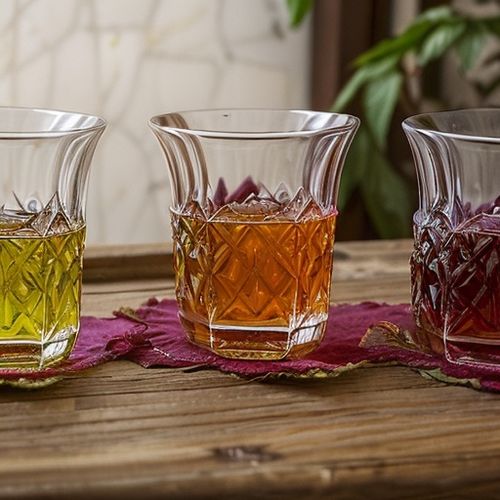
By Natalie Campbell/May 10, 2025
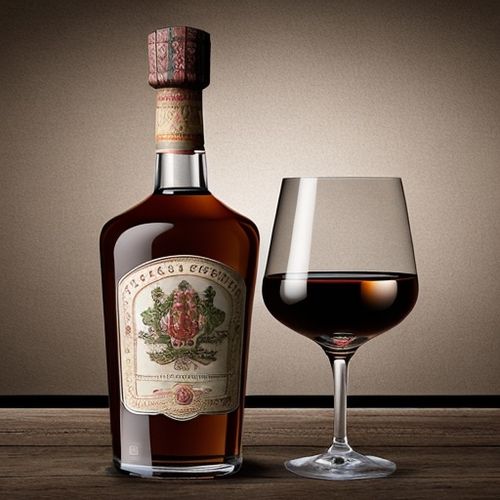
By Emily Johnson/May 10, 2025
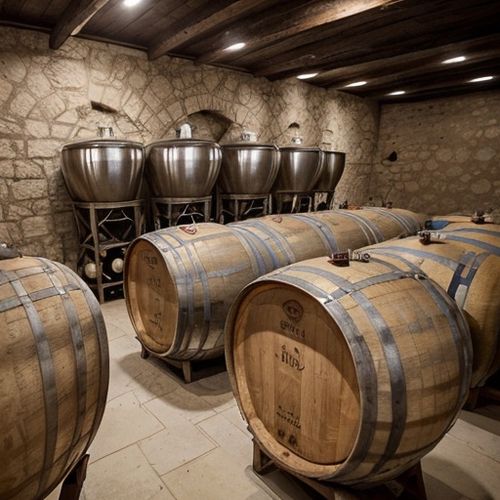
By Elizabeth Taylor/May 10, 2025
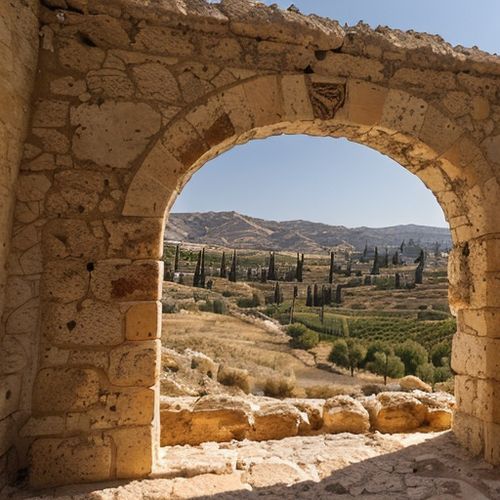
By Thomas Roberts/May 10, 2025
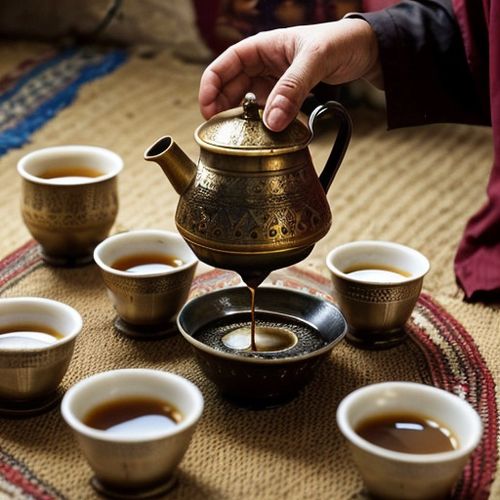
By Christopher Harris/May 10, 2025
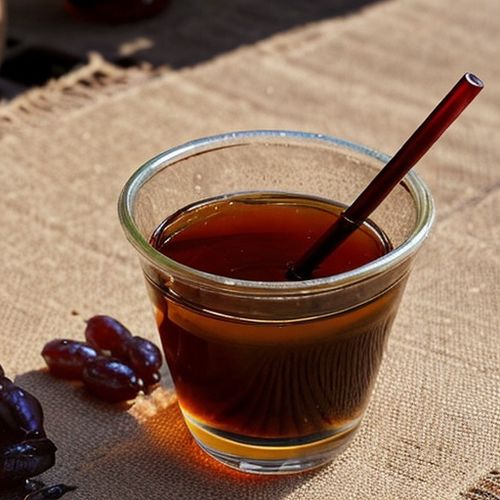
By Megan Clark/May 10, 2025
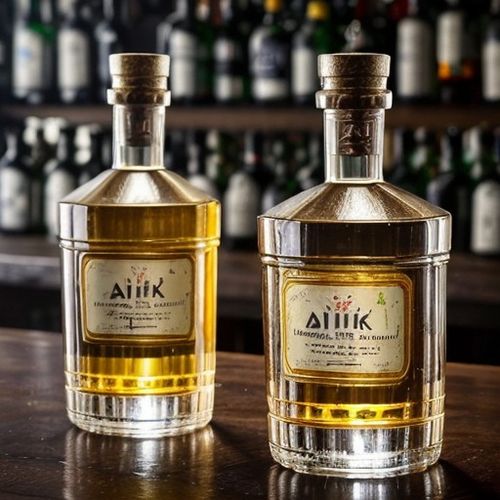
By Samuel Cooper/May 10, 2025
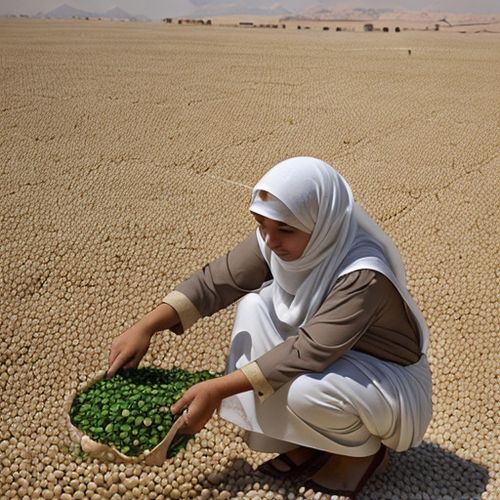
By James Moore/May 10, 2025